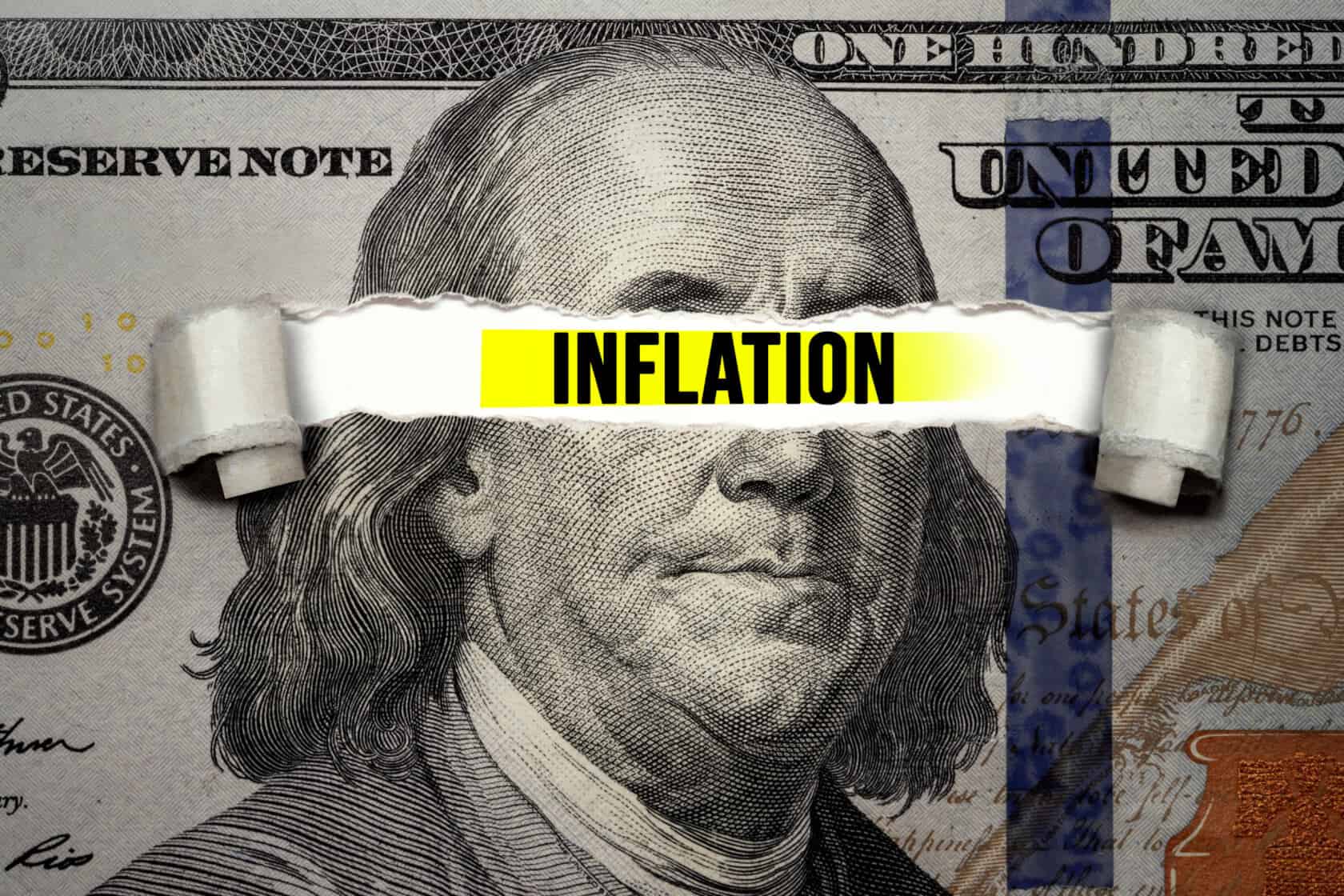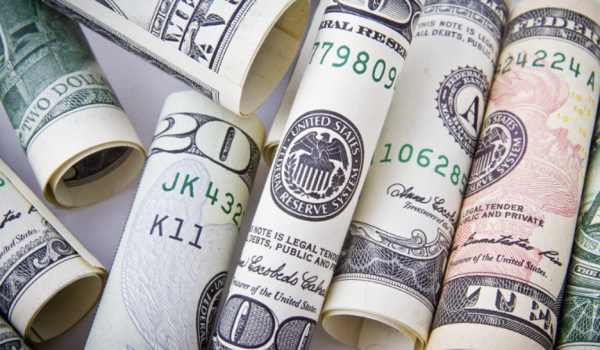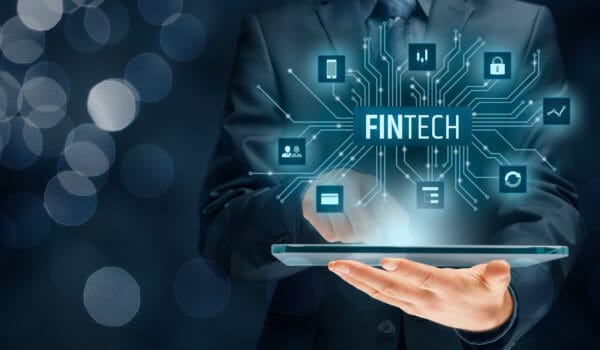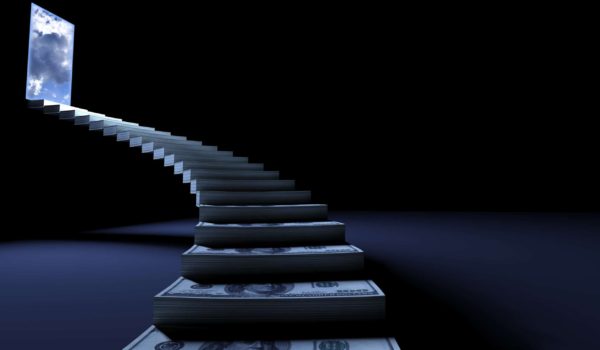Inflation may be one of the most familiar words in economics. Inflation has plunged countries into long periods of instability. Central bankers often aspire to be known as 'inflation hawks'. Inflation is the rate of increase in prices over a given period of time.
Politicians have won elections with promises to combat inflation, only to lose power after failing to do so. Inflation was even declared public enemy number one in the United States by President Gerald Ford in 1974. What then is inflation and why is it so important?
What Does Inflation Mean?
Inflation may be defined as a sustained upward trend in the general level of prices and not the cost of only one or two goods. Hugh Gardner Ackley described inflation as a persistent and appreciable rise in prices’ general level or average. In other words, inflation is a state of rising prices, but not high prices.
While measuring inflation, we consider many goods and services used by the people of a country and then calculate the average increase in the prices of those goods and services over some time. A slight rise in prices or a sudden increase in prices is not inflation since they may reflect the short-term workings of the market.
Types of Inflation
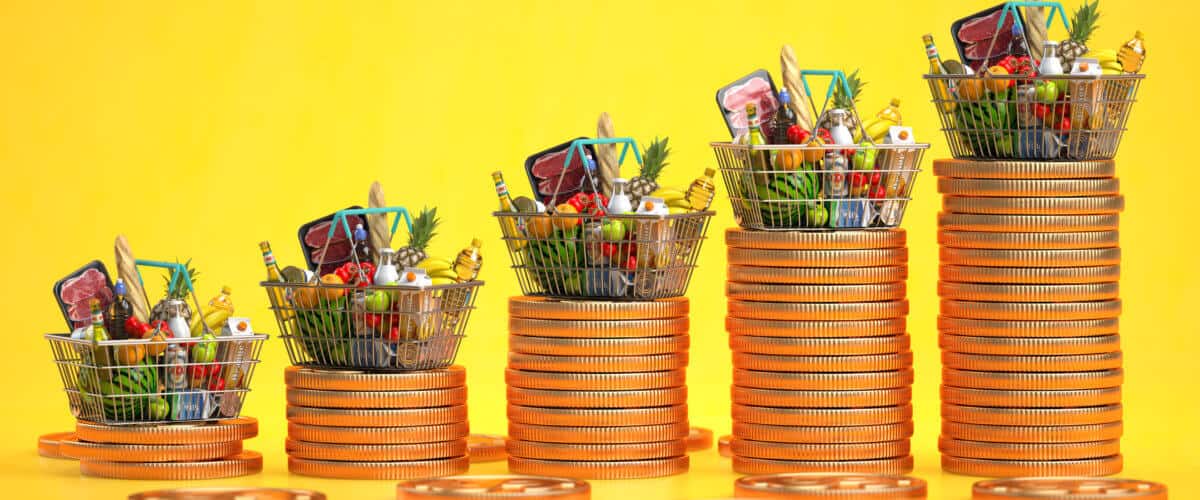
As the nature of inflation is not uniform in an economy all the time, it is wise to distinguish between different types of inflation. Such analysis helps study inflation’s distributional and other effects and recommends anti-inflationary policies. A variety of factors may cause inflation. Its intensity or pace may be different at different times. It may also be classified by the reactions of the government toward inflation. Thus, one may observe different types of inflation in the contemporary society based on causes:
Currency Inflation: The printing of currency notes causes this type of inflation.
Credit Inflation: Profit-making institutions and commercial banks sanction more loans and advances to the public than what the economy needs. Such credit expansion leads to a rise in the price level.
Deficit-Induced Inflation: The budget of the government reflects a deficit when expenditure exceeds revenue. The government may ask the central bank to print additional money to meet this gap. Any price rise may be called deficit-induced inflation since pumping extra cash is required to complete the budget deficit.
Demand-Pull Inflation: An increase in aggregate demand over the available output leads to a rise in the price level. Such inflation is called demand-pull inflation (DPI). But why does aggregate demand rise? Classical economists attribute this rise in aggregate demand to the money supply. If the money supply in an economy exceeds the available goods and services, DPI appears. Coulborn has described it as, “too much money chasing too few goods.”
Cost-Push Inflation: Inflation in an economy may arise from the overall increase in the cost of production. This type of inflation is known as Cost-Push Inflation (CPI). The cost of production may rise due to the rise in the prices of raw materials, wages, etc. Trade unions are often blamed for wage rises since the wage rate is not entirely market-determined. A higher salary means a high cost of production. Prices of commodities are thereby increased.
Types of inflation based on speed or intensity:
Creeping Inflation: This occurs when the price rise is prolonged. A sustained annual increase in prices of less than three percent per annum falls under this category. Such an increase in prices is regarded as safe and essential for economic growth.
Walking Inflation: When prices rise moderately, the annual inflation rate is a single digit. This occurs when the rate of rising prices is in the intermediate range of three to less than 10 percent. Inflation of this rate is a warning signal for the government to control it before it turns into running inflation.
Running Inflation: When prices rise rapidly at 10 to 20 percent per annum, it is called running inflation. This type of inflation has tremendous adverse effects on the poor and middle class. Its control requires strong monetary and fiscal measures.
Hyperinflation: Occurs when prices rise very fast at double or triple-digit rates. This could get to a situation where the inflation rate can no longer be measurable and uncontrollable. Prices could increase many times every day. Such a situation brings a total collapse of the monetary system because of the continuous fall in the purchasing power of money.
Two causes of inflation have been identified, namely, demand-pull and cost-push.
Demand-Pull Inflation is caused by an increase in the conditions of demand. These could either be an increase in the ability to buy goods or an increase in the willingness to do so.
Cost-Push Inflation arises from anything that causes the conditions of supply to decrease. Some of these factors include a rise in the cost of production, an increase in government taxation, and a decrease in the number of goods produced.
Photo: Cinemato/Shutterstock
You might also like:
Support us!
All your donations will be used to pay the magazine’s journalists and to support the ongoing costs of maintaining the site.
Share this post
Interested in co-operating with us?
We are open to co-operation from writers and businesses alike. You can reach us on our email at [email protected]/[email protected] and we will get back to you as quick as we can.
